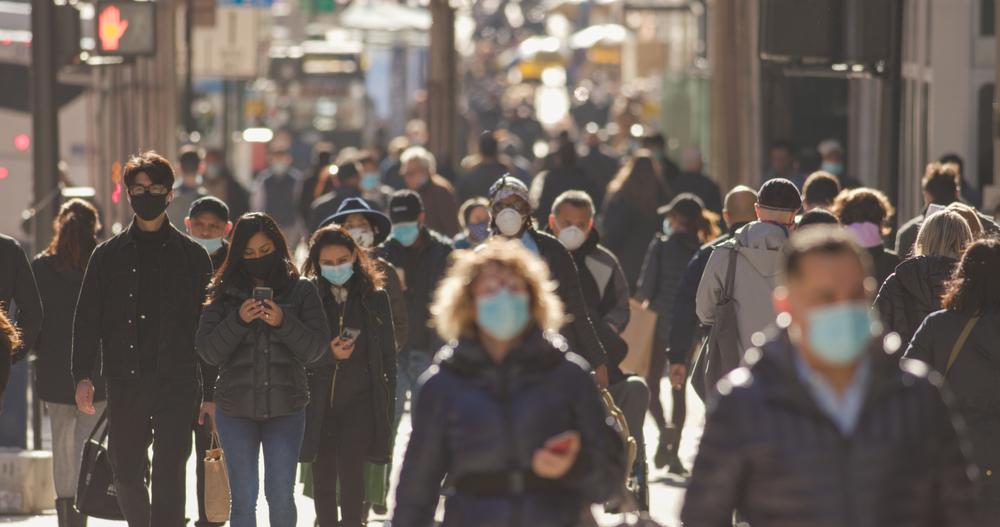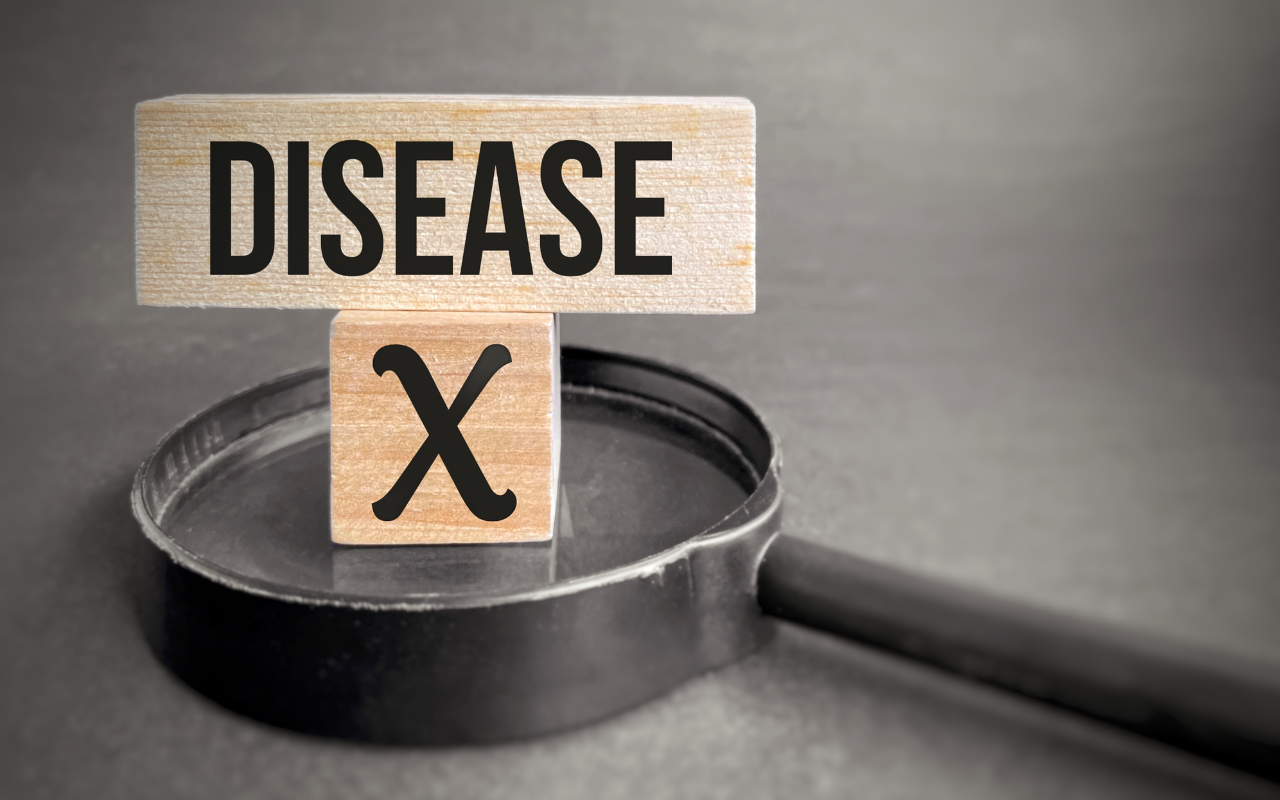As world health authorities stay alert for the next pandemic-causing pathogen, the term “disease X” is making headlines again.
Disease X — the hypothetical placeholder term for “the next big disease” — is a concept designed to allow global governments and health organisations to focus their disease-prevention efforts, both locally and globally, on preparing the world’s response to future diseases.
The World Health Organization (WHO) adopted the term in 2018, but experts say that the concept has been in use even longer.
Professor Robert Booy is an infectious diseases paediatrician and a Senior Professorial Fellow at the University of Sydney Children’s Hospital Westmead Clinical School.
“Disease X has been discussed for over a century,” Professor Booy told InSight+.
“It is a hypothetical condition for which it was decided we should prepare, because there were ‘known knowns’ already — viruses and families of viruses — which were known to cause disease.
“Just after the First World War, one type of ‘disease X’ in Australia turned out to be a form of encephalitis that had been causing serious illness and deaths in children.
“In 2018, the term was adopted by the WHO to signify a hypothetical disease that was both serious, including deadly, and which could cause an epidemic that could potentially become a pandemic,” Professor Booy said.

Disease X helped the world prepare for COVID-19
Professor Booy explained that the concept of preparing for unknown diseases influenced the world’s preparedness for the coronavirus disease 2019 (COVID-19) pandemic.
“The WHO approach to disease has led to many countries improving their planning for a potential new pandemic, so that there were measures in place when the pandemic came in very late 2019. That made some countries more prepared,” he said.
This year, as the world continues to deal with the effects of the COVID-19 pandemic, the WHO has warned global leaders about the risks of future pandemics at meetings such as the World Economic Forum, held earlier this year in Davos, Switzerland.
“Some people say this may create panic,” said WHO Director-General Tedros Adhanom Ghebreyesus. “No. It’s better to anticipate something that may happen — because it has happened in our history many times — and prepare for it,” said the Director General.
Unfortunately, disease X has spawned a raft of conspiracy theories since the term was added to the WHO’s annually reviewed “priority diseases” list.
Professor Booy argues that conspiracy theories wilfully misunderstand the concept of the term, disease X.
“The problem with the term ‘disease X’ is that you’ve always got non-scientific people who will misinterpret what it means, as if to say [that the disease already exists]. It doesn’t; we’re preparing for what might happen. But some people wilfully, not very skilfully, have misinterpreted the term ‘disease X’ as something that it is not,” Professor Booy said.
The United States’ CDC and Disease X
Professor Booy explained that the United States’ Centers for Disease Control and Prevention (CDC) was depleted in the years before COVID-19, making global preparedness more important.
“Under President Obama, there was an Office of Science and Technology Policy (OSTP), which was staffed with hundreds of people addressing questions like, ‘How do we prepare for the next pandemic?’ Under President Trump [in 2016], the position of OSTP Director — who could report directly and frequently to the President — was not filled for two years. Scores of appointments went unfilled under Trump because he didn’t understand the need. Literally hundreds of people in the OSTP were stood down,” said Professor Booy.
The effect, Professor Booy believes, was a less coordinated response to the COVID-19 pandemic in the United States.
The Australian CDC: coordinating the national response
This year, the Australian Government’s Department of Health and Aged Care launched the interim Australian Centre for Disease Control (CDC), intended to provide transparent and consistent public health advice.
Professor Booy approves of a more coordinated response to disease management.
“The Australian CDC is not the complete answer to Australia’s needs, but it is a real improvement. If you look at how we managed the pandemic, in the main it was done well. Butstates differed markedly in the way they behaved,” he said.
“That indicated [the need for] an organisation with more players contesting the best way forward, with more experienced people from a vast array of backgrounds.”
Professor Booy argued that, during the COVID-19 pandemic, some approaches were too risk-averse.
“One state Chief Health Officer said that no young person would get the vaccine, when the risk from disease was high but the risk from vaccine was low. That indicated that some people at a state level took the ‘I will not have any disease in my state, and I will not make any exceptions’ approach, which was a far from nuanced or compassionate,” Professor Booy said.
“The Australian CDC approach, although not perfect, is a chance to improve upon the learnings from the recent pandemic.”
Subscribe to the free InSight+ weekly newsletter here. It is available to all readers, not just registered medical practitioners.

 more_vert
more_vert